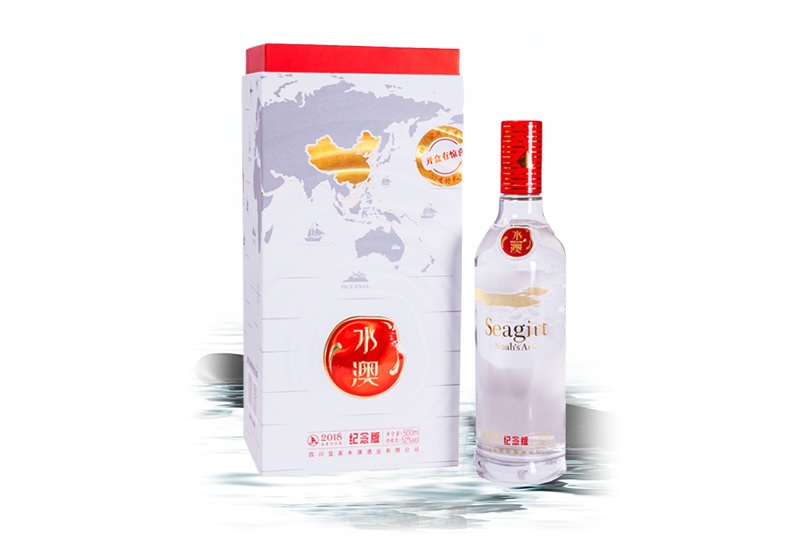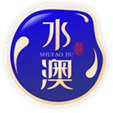What's the difference between Baijiu, whisky and vodka? Shui Ao Takes You to Understand
2020-12-31
When returning home from vacation, family members will inevitably take out a bottle of Baijiu after dinner, and then drink and drink together.
Unable to resist their enthusiastic greetings, as the spicy wine pierced through your intestines, you couldn't help but recall various whiskey mixed with cola and fake agave.

All are distilled liquor. Why is there such a big gap between Baijiu and whisky vodka?
The difference between several major distilled spirits is nothing more than the raw materials and brewing methods.
The raw materials of distilled wine are either rich in fructose or starch.
Overall, the brewing methods are fermentation, distillation, and storage, sometimes requiring some blending techniques.
Whiskey is generally made from barley, rye, oats, wheat, or corn, with different national standards. However, the most well-known feature of whiskey is that it needs to be kept in oak barrels for a period of time.
The main ingredient of vodka is potatoes or corn, and compared to other major distilled spirits, its main characteristic is its "pure taste".
That is to say, after taking a sip, it is difficult to taste any other grains or fruits besides the satisfaction brought by quickly replenishing alcohol.
How did the flavor of Baijiu come from?
In addition to the broad sense of "rich flavor", there is also a problem that the style of Baijiu is too different among different flavor types.
For those who do not understand wine, Baijiu tastes slightly strange. Even among Baijiu lovers, few people love all flavor types.
Before the founding of the People's Republic of China, at least at the national level, the classification of sauce aroma, light aroma, and strong aroma, which drunkards must say, did not exist.
For hundreds of years before, although distilleries in various regions had their own flavors, Maotai basically did not offend Laobaigan. You drink your wine, I drink mine.
In the Republic of China era, the intelligentsia represented by Hu Shi, Lu Xun and Wen Yiduo mostly favored yellow rice wine with a low degree of tenderness and delicacy, while the celebrities and gentlemen represented by Soong May-ling, Lu Xiaoman and Chen Lifu preferred fashionable and precious foreign wine.
After the founding of the People's Republic of China, the people who love Baijiu became the masters of the country, and the central government began to focus on Baijiu development.
In 1952, the first national liquor evaluation conference selected four famous liquors: Maotai, Fenjiu, Luzhou Laojiao, and Xifeng liquor, representing four major aroma types: sauce aroma type, light aroma type, strong aroma type, and phoenix aroma type.
At the liquor tasting in 1979, Baijiu began to be classified according to different flavor types, and each flavor type also had its own summary:
Sauce flavored liquor: It has a prominent sauce aroma, elegant and delicate taste, rich body, and a long aftertaste;
Strong aroma type liquor: strong cellar aroma, sweet and refreshing, harmonious aroma, and a clean and long-lasting aftertaste;
Fragrant type liquor: pure and fragrant, with harmonious flavors, mellow and sweet taste, and a refreshing and clean aftertaste;
Rice flavored liquor: Honey flavored and elegant, with a soft and soft entrance, a refreshing and clean finish, and a pleasant aftertaste.
Therefore, Baijiu is also made from grain in theory, but as long as people have drunk it, they will never confuse Baijiu with the same colorless and strong vodka.
The main difference between Baijiu and the above "western" distilled spirits lies in that Baijiu is the only one among the six distilled spirits that actively adds mold to participate in fermentation.
Related news


